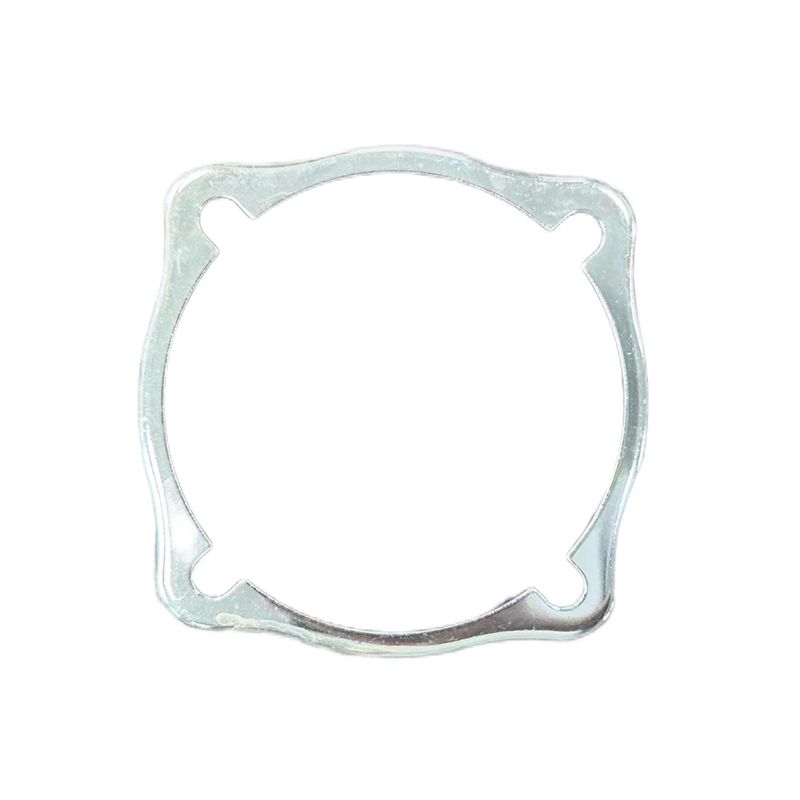Sheet metal forming parts is a crucial process in the manufacturing industry, particularly for creating components and products that require precision and durability. The process involves taking a sheet of metal from a stock material and transforming it into the desired shape through the application of force and the use of specialized tools.
The first step in sheet metal forming parts is to cut out the individual blanks from the stock metal. This is typically done using precision cutting machines or lasers, ensuring that each blank is of the correct size and shape to fit into the forming machine.
Once the blanks are cut, they are placed in the forming machine between two tools: the upper die (also known as the punch) and the lower tool. These tools are designed to work together to create the desired shape in the sheet metal.
The forming process begins when the upper die pushes down onto the sheet metal blank. The force exerted by the die causes the metal to flow and bend around the contours of the lower tool. As the die continues to move, the metal is gradually formed into the desired shape.
The amount of force applied during the forming process is carefully controlled to ensure that the metal is not overstretched or damaged. The speed of the forming operation is also critical, as it can affect the quality and consistency of the finished part.
The forming machine may also include additional features such as heaters or coolers to control the temperature of the metal during the forming process. This is important because the temperature of the metal can affect its ductility and ability to be formed into the desired shape.
After the forming process is complete, the sheet metal forming parts are removed from the machine and inspected for quality. Any imperfections or defects are corrected, and the parts are then ready for further processing or assembly into the final product.
In summary, sheet metal forming parts is a precision process that involves cutting blanks from stock metal, placing them in a forming machine, and applying force to bend and shape the metal into the desired form. The use of specialized tools and careful control of the forming parameters ensures that the finished parts meet the required specifications and standards.
